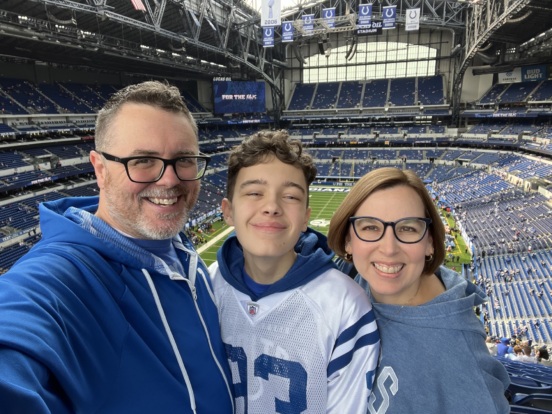Insurance, Needs Navigation

Patients in California will now receive monthly updates showing how close they are to reaching their out-of-pocket max.
By Caitlin Donovan
A new law in California mandates that insurers must send their enrollees a monthly update– or at least, in every month that they receive care– letting them know how much they’ve paid towards their deductible and how close they are to reaching their out-of-pocket max.
Finally, a transparency measure that could really work for patients!
We’ve long cautioned patients to avoid choosing a plan based on the monthly premium alone. Instead, people should also include the deductible and any cost-sharing in any robust analysis of the viable of any plan.
However, once patients choose a plan, they often are unaware of how much they’ve spent towards their deductible – or even what the deductible actually is (it’s how much you have to pay total before your insurance kicks in). The out-of-pocket max will be higher, but does include the deductible, so a patient with a $2000 deductible and a $4000 out-of-pocket max who has met her deductible must spend an additional $2000 in copays and coinsurance before insurance will cover 100% of her costs.
These numbers can be tricky to track. A diligent person with an Excel spreadsheet may do a decent job; however, even the best of us may err when confronted with in-network, out-of-network and balance bills.
The California legislation, SB-368, fixes this problem nicely. Every month that patients use their insurance, they should get a letter, potentially with their Explanation of Benefits, that updates them on how much they’ve spent towards both their deductible and out-of-pocket max.
The law goes into effect July 2022. Until then, patients always have the option of calling their insurer and asking for this information. Some plans may also offer it online for enrollees who have created their own account.
With this information, patients can make critical choices. Some patients may choose to schedule a necessary surgery for after they meet their deductible, potentially saving thousands. Others, seeing that they may not ever meet their deductible in that plan year, may choose instead to pay a lower cash for services and save money in that way.
The law is a simple way to use transparency in a way that actually works for patients. Other transparency initiatives, like those requiring hospitals to disclose their negotiated rates, may be helpful for researchers or advocates who want to explore systemic pricing. However, individuals may have a hard time navigating these charge lists, or even knowing what charges to look for. Many hospitals have even chosen noncompliance.
SB-368 brings the information directly to patients in a personalized, usable way. Ideally, other states will use the law as a model to bring increased transparency to their residents.
Insurance, Needs Navigation
Equity, Health Literacy, Insurance, Policy Consortium
Costs, Health Literacy, Insurance, Needs Navigation, Trust
Caregiving, Costs, Insurance



